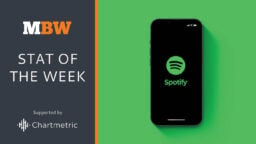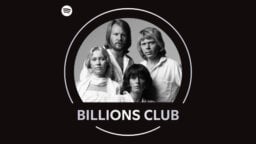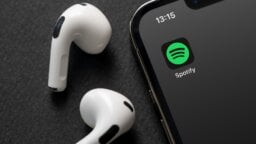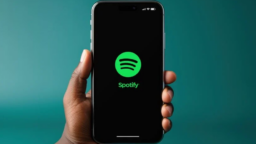Spotify got the music business chattering last year when it announced that it was enabling artists to upload their music direct to the platform.
This feature, initially made available to a few hundred acts via the Spotify for Artists dashboard, launched in Beta in September 2018. A month later, Spotify doubled down, revealing that it had acquired a stake in Distrokid, with a plan to allow artists to not only directly upload to Spotify via the platform, but an array of rival services like Apple Music and TIDAL, too.
This was a clear challenge to the likes of TuneCore, Ditto, Amuse and CD Baby – not to mention SoundCloud – with Spotify particularly laying down the gauntlet by declining to charge artists any money for its own upload service.
Some in the industry have recently raised suspicions over the fact this Beta reveal came nearly ten months ago, with no sign yet of a full product launch.
Today, we learn we’re not going to get one.
Spotify has officially reversed its decision to become a distributor of music, announcing that it’s closing its Upload Beta Program for independent artists.
“The best way for us to serve artists and labels is to focus our resources on developing tools in areas where Spotify can uniquely benefit them.”
Spotify on why it’s quitting digital distribution
In a blog post addressing the decision, Spotify said: “Today, we notified participating artists about our decision to close the beta program, along with how we can help them migrate their music to other distributors over the next month.”
Spotify noted that “insights and feedback” it received from artists in the beta led to these two key conclusions:
- The most impactful way we can improve the experience of delivering music to Spotify for as many artists and labels as possible is to lean into the great work our distribution partners are already doing to serve the artist community. Over the past year, we’ve vastly improved our work with distribution partners to ensure metadata quality, protect artists from infringement, provide their users with instant access to Spotify for Artists, and more.
- The best way for us to serve artists and labels is to focus our resources on developing tools in areas where Spotify can uniquely benefit them — like Spotify for Artists (which more than 300,000 creators use to gain new insight into their audience) and our playlist submission tool (which more than 36,000 artists have used to get playlisted for the very first time since it launched a year ago). We have a lot more planned here in the coming months.
What Spotify didn’t write, interestingly, was this: “With nearly 40,000 tracks being uploaded to our service daily, digital distribution is a surprisingly labor-intensive business, with razor-thin margins even when you do charge artists for it – so operating a completely free, indiscriminate upload service actually doesn’t make much sense for our loss-making company.”
Instead, it further noted: “We’re working with our distribution partners to help make this transition as simple as possible for the artists who uploaded music through the beta. At the end of this month, we’ll stop accepting any new uploads through Spotify for Artists, and artists will need to move their already released content to another provider.”
It added: “Thank you to the artists who participated in our upload beta. We’re incredibly proud to have played a small part in the music they released. Spotify wouldn’t be what it is today without artists and labels who are willing to collaborate with us to build a better experience for creators and listeners.”
Spotify’s decision to quit digital distribution comes less than a month after VC-backed company Stem announced plans to retreat from the DIY space.
Stem will now instead exclusively focus on a curated list of artists, shedding its relationship with tens of thousands of DIY acts.Music Business Worldwide





